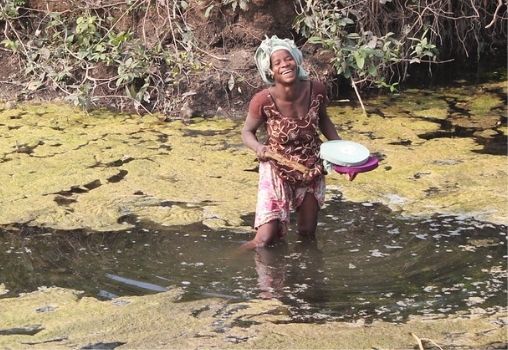
There are around 40,000 Siddis in Gujarat, concentrated mainly in the Saurashtra region and Bharuch district, besides scattered population in big cities like Ahmedabad and Vadodara.
Marhaba Hilali
Being born and brought up in the concrete jungle of cosmopolitan Gujarat, I only saw forests and tribes on TV. Moreover, I was a student of science and technology. My world was limited to micro-processors and machines. I was unaware of many things which have great significance in life.
After graduation, I shifted to Delhi to prepare for civil services. The preparation exposed me to a great deal of knowledge in every field. During one such day, I got to know about particularly vulnerable tribal groups (PVTGs). India has a total 75 such tribal groups and four of them live in Gujarat.
When I read about the PVTGs of Gujarat and came across the word “Siddi”, suddenly I started recalling my childhood memories. A young, African lad, whom we called Kambli bhai, used to bring toys for us from the US. His brothers lived in our house on rent. His sister Noori’s wedding took place in our house, too.
When they were living with us, I wasn’t mature enough to question: why don’t they look like us? Why is their economic condition not as sound as ours? Why are they discriminated against?
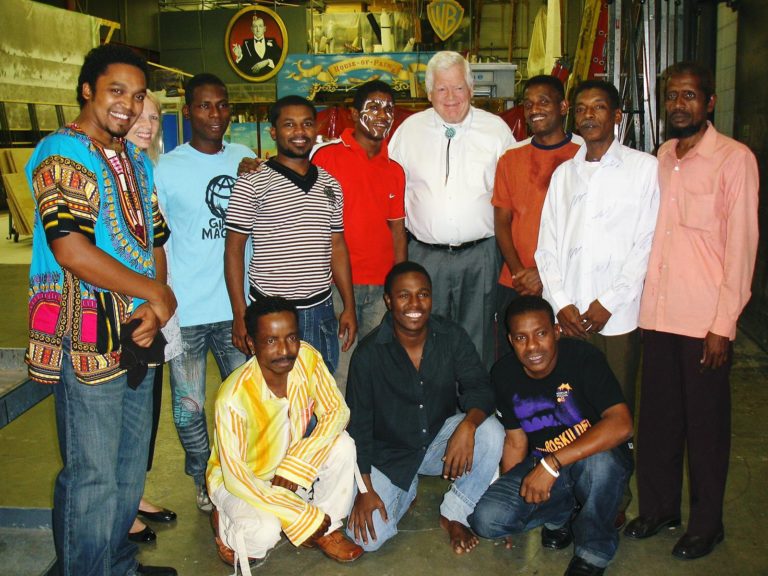
The Siddis: A Particularly Vulnerable Tribal Group
I immediately called my mother and told her, “Kambli bhai and his family belong to a PVTG.” She didn’t get what I was saying, so I explained to her what I had read about PVTGs in the government portal Vikaspedia. I told her that PVTGs are those tribal communities who have:
*A pre-agricultural level of technology (indigenous techniques of agriculture and subsistence farming),
*Low levels of literacy,
*Economic backwardness and
*A declining or stagnant population.
In my blurred memories, the members of the Siddi family living with us were semi-literate, marginalized and poor. Also, they were living in disadvantaged conditions. I asked my mother if she knows where they live now. She gave me the address and I visited them after more than 15 years.
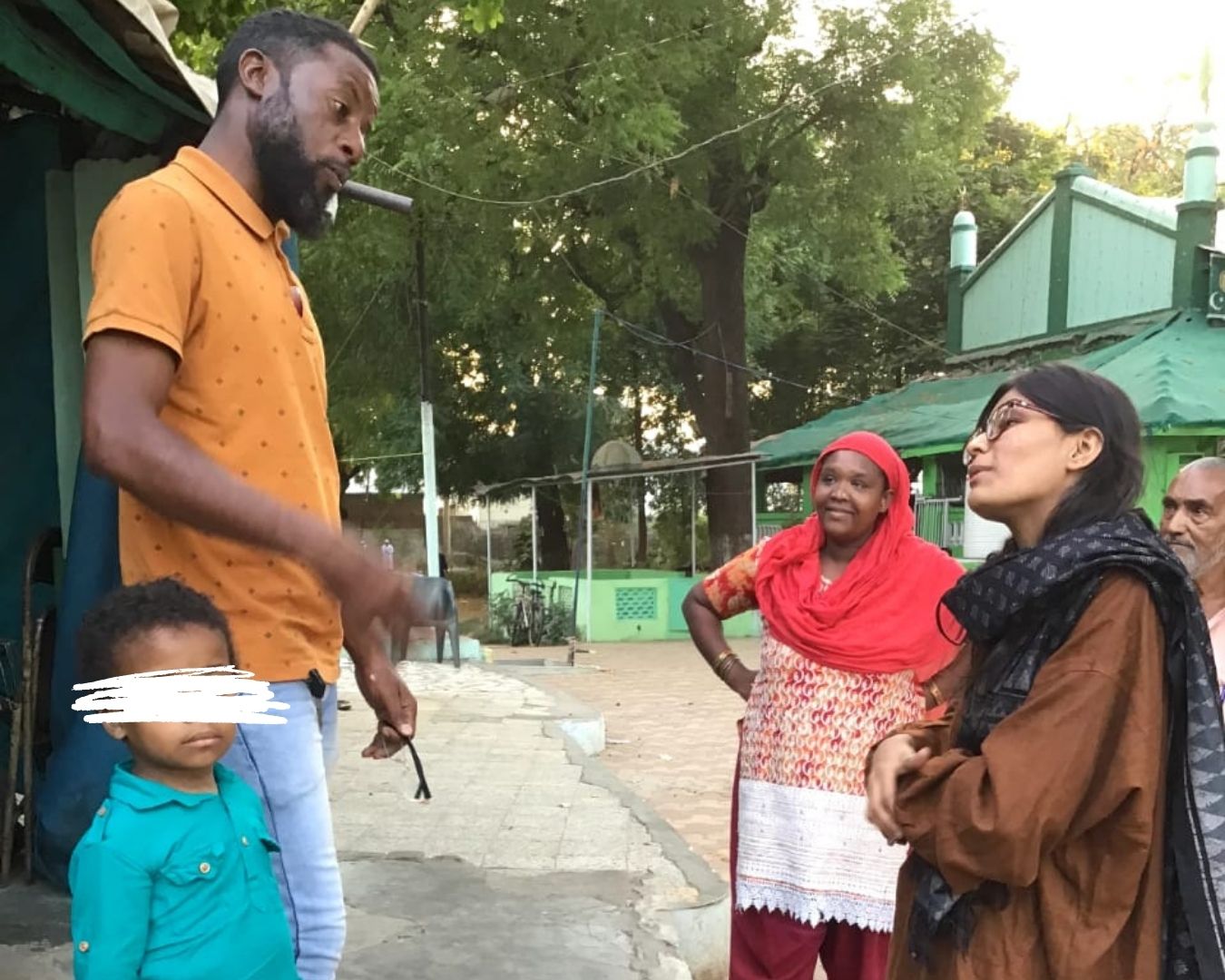
Nothing much had changed, except they had wrinkles on their faces due to age. Everything else was just as I saw it 15 years ago—their old house without any facilities, the poverty, unemployment, illiteracy and hopelessness.
Kambli bhai used to work as a mechanic in my uncle’s garage, but one astonishing fact about him was that he would go to the US once in a while. It’s only during my civil services preparation phase that I got to know about the Siddi dhamal (dance).
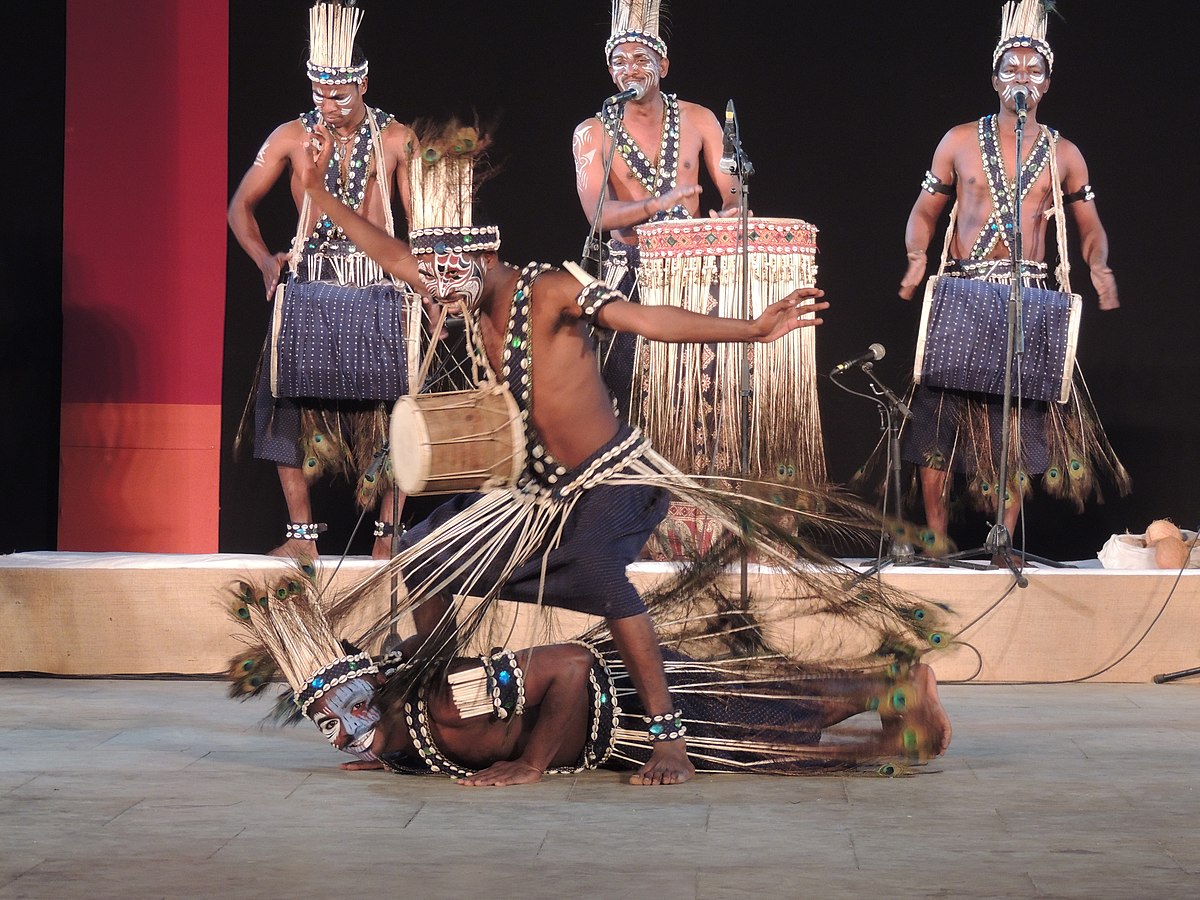
It was then I realized what a fine dancer Kambli bhai was. He was so good that he would perform in American theatres. But, sadly, he was the only one in his community to reach that level. His community is marginalized to the extent that even the little privilege he had earned, couldn’t help his family come out of the shell of poverty.
Historical Origins of the Siddis
Kambli bhai shared close ties with my family. I used to think that only he and his family had distinct features, but during his sister’s wedding, I saw hundreds of people of African-origin in my home. I still couldn’t believe there were people of African descent living in Gujarat.
They are known to have been brought to Gujarat as slaves in the 11th century. Due to their great physique, Indian rulers would forcefully recruit the Siddis in their armies. Their earliest traces in Gujarat go back to the late 15th century, to a mosque known locally as the Sidi Saiyyid ni Jali.
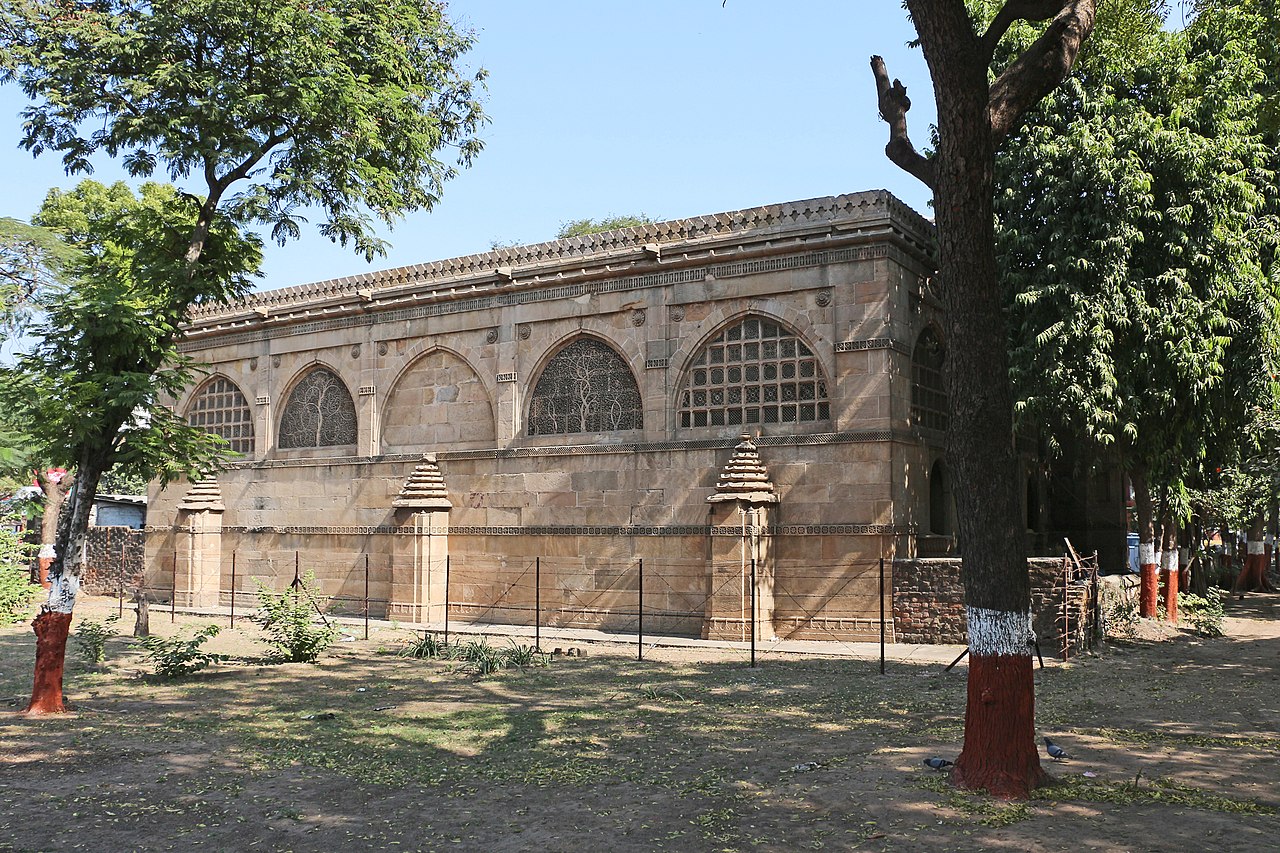
It was built by Sidi Saiyyid, one of the Siddi slaves of the last sultan of the of the Gujarat sultanate, Shams-ud-Din Muzaffar Shah Ill. He built a mosque in Ahmedabad which, today, is synonymous with the city. The mosque by the sultan’s soldier, indicates that the Siddis (most likely) held strong positions during the reign of the sultans of Gujarat.
Current Context of the Siddis
Estimates say there are around 40,000 Siddis living in Gujarat. They have a sizable population in Gujarat, concentrated mainly in the Saurashtra region (near the Gir national park) and Bharuch district. Also, there are some scattered populations living in big cities such as Ahmedabad and Vadodara. The Siddis of Gujarat follow Islam.
Those who live in the Saurashtra depend on the forest and lions for their livelihood. Many of them work as lion trackers in the Gir forest. On the other hand, those who live in Bharuch are completely dependent on dargah (shrine) tourism for their livelihood i.e., the famous dargah of a Siddi saint named Baba Gor.
The literacy rate of the Siddis is abysmal. For women, it’s even more heart-wrenching, as the majority of them don’t know how to read and write. The women who live in big cities take up odd jobs like working as domestic workers in houses and helpers in beauty salons.
Their contribution in the formal employment sector is almost nil. As far as I have been able to research, no Siddi community member holds a significant position in the government sector. Even those who live in big cities don’t have their own homes; they are forced to live in subhuman conditions in slums.
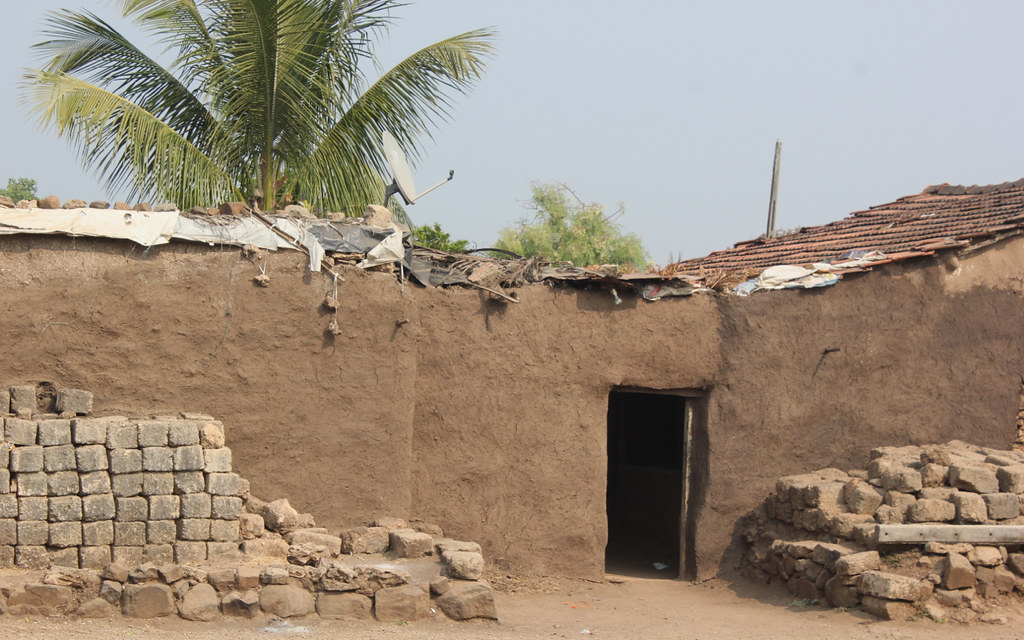
It is surprising to note that only those Siddis living in Saurashtra have been counted as members of a PVTG, but those living in cities like Ahmedabad and Vadodara aren’t. Living in a city or village doesn’t determine the backwardness of the Siddis; almost all of them are struggling in spite where they may be living.
Reasons for Their Marginalization
There are three reasons for their marginalization in Gujarat—they have African roots; they are a tribal community; and, they are Muslims who live in a Hindutva-dominated Gujarat.
When I talked to some of them and asked them about their daily struggles, they told me that they face discrimination every day. When they travel in a sharing auto, people hesitate to travel with them. When they apply for a job, nobody wants to hire them because they think of them as “thieves and robbers”.
Indian people associate black with bad. Moreover, inter-marriage has affected their immunity and they are vulnerable to many diseases due to weak immune systems.
One of the members of the community complained that they lack educated leaders, and due to their microscopic population and having no voice in politics, politicians think there is no point in bringing up their issues in the state assembly and the parliament.
In 2017, a clash between two groups (the Siddis and Ahirs) was given a communal color, as leaders from the Vishwa Hindu Parishad and Bharatiya Janata Party submitted a memorandum to the collector, to take strict action against the “anti-social Siddis”. Later on, the authorities denied the involvement of any such communal angle.
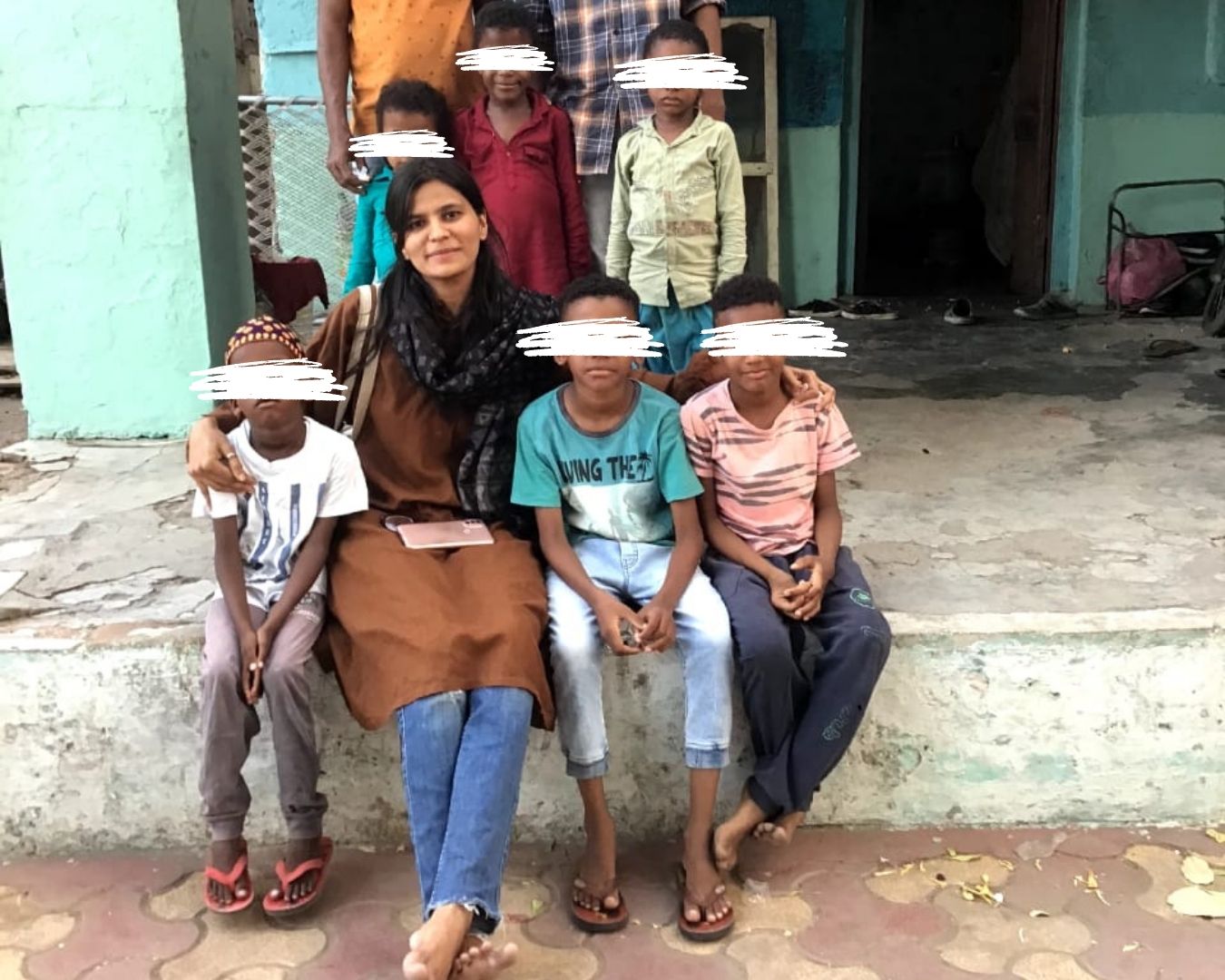
Why Is Uplifting Them Necessary?
New India has been plagued with horrible scenes of unemployment, inflation, climate change and the politics of hate. Being triply marginalized, the Siddis are one of the worst sufferers of the aforementioned catastrophes.
Amidst such a disturbing situation, their uplift is the need of the hour. Extending them the rope of empowerment will help them come out of the well of marginalization. India, being an ancient cradle of many great civilizations, must do its best to empower the Siddis to move towards an enlightened future.
___________________
Courtesy: Youth Ki Awaz (Published on May 4, 2022)